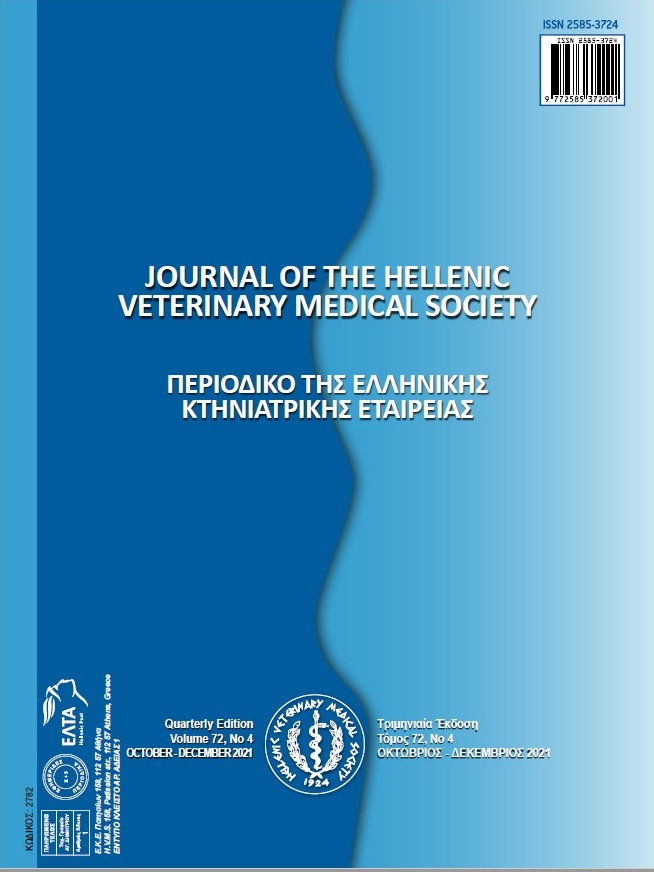Identification of serum proteins in dogs naturally infected with Anaplasma phagocytophilum and Borrelia burgdorferi: a pilot study
Resumen
Serum proteomic analysis would aid in better understanding the pathophysiology of several diseases. The aim of this study was to identify the serum proteomes of dogs with anaplasmosis and Lyme disease using a proteomic approach. Diseases were diagnosed by a commercial rapid in-clinic ELISA. Borrelia antibodies were evaluated by IFAT. Four groups were designated: symptomatic dogs with anaplasmosis (n=5), dogs with Lyme disease (n=5), dual-positive dogs (n=5), and healthy control dogs (n=5). Serum samples were collected before treatment. Two-dimensional electrophoresis of pooled samples in each group were run in triplicate. Ten out of 57 differentially expressed spots between groups were evaluated for identification by mass spectrometry. Compared to those of controls, levels of vitamin D-binding protein (VDBP), glycoprotein-9 (GP9) and kininogen-1 (KGN-1) decreased, while haptoglobin (Hp) and immunoglobulin (Ig) heavy chain levels increased in dual infection group. Serum apolipoprotein-A1 (Apo-A1) levels decreased in dogs with anaplasmosis, Lyme disease and dual infections compared to those in control dogs. Serum clusterin levels decreased in dogs with anaplasmosis but were not differentially expressed in dogs with Lyme disease or dogs with dual infections compared to those in control dogs. Calpain-3 decreased in dogs with anaplasmosis and Lyme disease. This study showed that many protein levels might be changed in dogs with naturally acquired anaplasmosis and Lyme disease. Understanding the role of these proteins in different biological processes can provide information of interest for diagnostic and therapeutic approaches for these clinical conditions.
Article Details
- Cómo citar
-
KOCATURK, M., MARTINEZ, L., ESCRIBANO, D., SCHANILEC, P., LEVENT, P., SARIL, A., MARTINEZ-SUBIELA, S., TVARIJONAVICIUTE, A., CIHAN, H., YALCIN, E., CERON, J., & YILMAZ, Z. (2022). Identification of serum proteins in dogs naturally infected with Anaplasma phagocytophilum and Borrelia burgdorferi: a pilot study. Journal of the Hellenic Veterinary Medical Society, 72(4), 3529–3536. https://doi.org/10.12681/jhvms.29445
- Número
- Vol. 72 Núm. 4 (2021)
- Sección
- Research Articles

Esta obra está bajo una licencia internacional Creative Commons Atribución-NoComercial 4.0.
Authors who publish with this journal agree to the following terms:
· Authors retain copyright and grant the journal right of first publication with the work simultaneously licensed under a Creative Commons Attribution Non-Commercial License that allows others to share the work with an acknowledgement of the work's authorship and initial publication in this journal.
· Authors are able to enter into separate, additional contractual arrangements for the non-exclusive distribution of the journal's published version of the work (e.g. post it to an institutional repository or publish it in a book), with an acknowledgement of its initial publication in this journal.
· Authors are permitted and encouraged to post their work online (preferably in institutional repositories or on their website) prior to and during the submission process, as it can lead to productive exchanges, as well as earlier and greater citation of published work.




